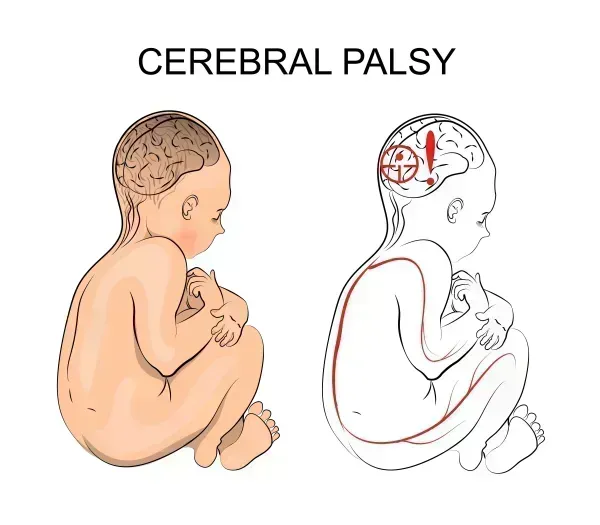New Neurostimulator Z-Code, Cervical Disc Disorder Revisions Top Neurosurgery ICD-10 Options
Presence of a sacral nerve neurostimulator will be included under code Z96.82. CMS recently published its list of the new ICD-10 2020 codes, but they won’t go into effect until Oct. 1, 2019. Read on to check out how these new codes and revisions will impact your neurosurgery practice’s bottom line. Dial Into Mid-Cervical Disc Disorder and Cyclical Vomiting Revisions ICD-10 2020 will revise two conditions you may report in your neurosurgery practice — unspecified mid-cervical disc disorder and cyclical vomiting. Unspecified mid-cervical disc disorder: Code M50.120 (Mid-cervical disc disorder, unspecified) will change to M50.120 (Mid-cervical disc disorder, unspecified level). Emphasis has been added to the code descriptor. As you can see, the addition of the word “level” to the code descriptor adds further clarification about what exactly in unspecified. Cyclical Vomiting: You will also see revisions to two important cyclical vomiting codes. Take a look at the revisions (emphasis added): Don’t miss: The addition of the words “in migraine” to the above code descriptors offer more specificity to this condition by clarifying that the cyclical vomiting occurs during a migraine. Discover Z-Code Additions and Revisions Addition: ICD-10 2020 will give you a brand-new Z-code to represent the presence of a neurostimulator — Z96.82 (Presence of neurostimulator). “This diagnosis code might be applied when an evaluation and management service is performed in which the generator is interrogated, but not adjusted or managed,” explains Gregory Przybylski, MD, immediate past chairman of neuroscience and director of neurosurgery at the New Jersey Neuroscience Institute, JFK Medical Center in Edison, New Jersey. Don’t miss: This new code will also cover the following conditions: Revision: Code Z45.42 (Encounter for adjustment and management of neuropacemaker (brain) (peripheral nerve) (spinal cord)) will be revised to Z45.42 (Encounter for adjustment and management of neurostimulator). As you can see, Z45.42 will now just be the code for the adjustment and management of a neurostimulator. Code Z45.42 will also now include the following conditions: Catch T-Code Additions ICD-10 2020 will also add a few new T-codes. For example, category T50.9- (Poisoning by, adverse effect of and underdosing of other and unspecified drugs, medicaments and biological substances) will gain the following codes:




